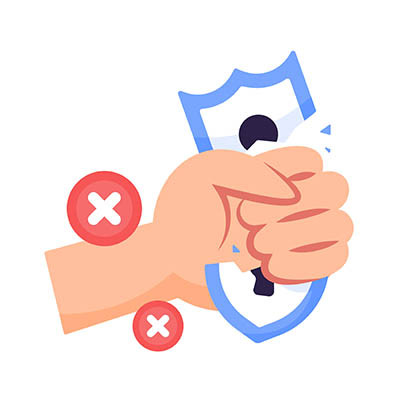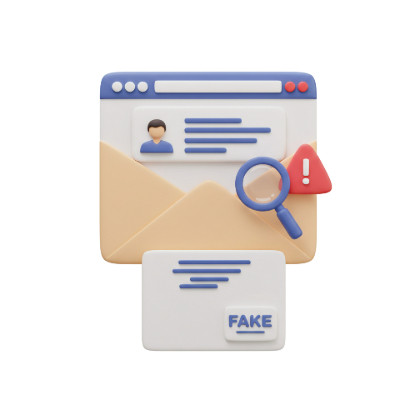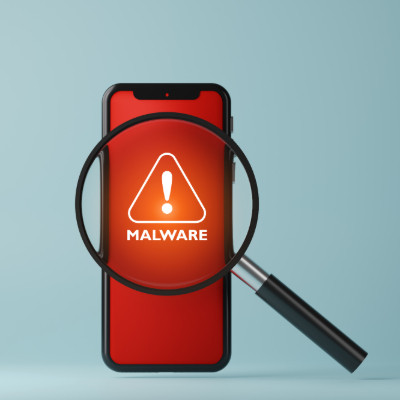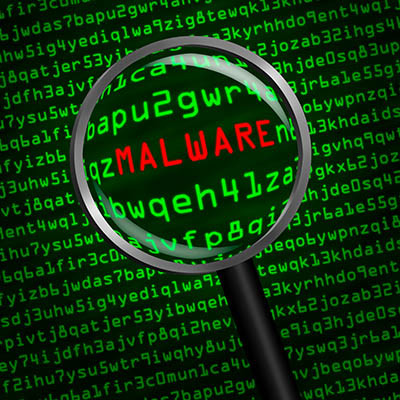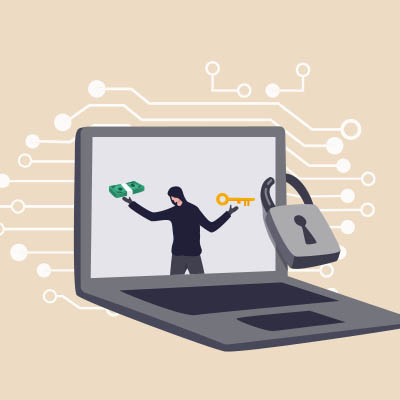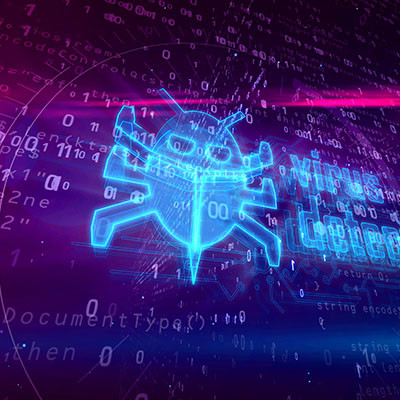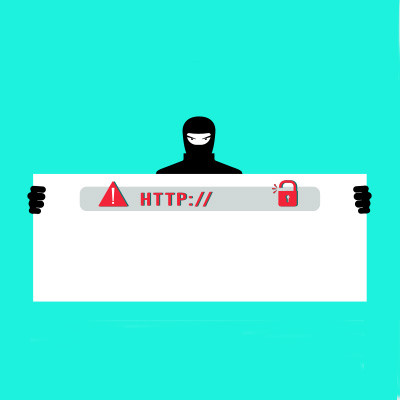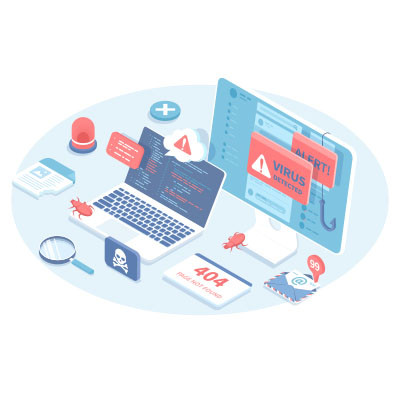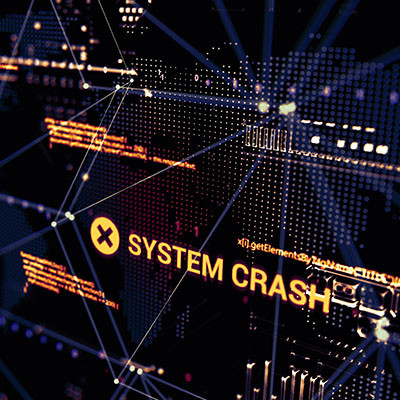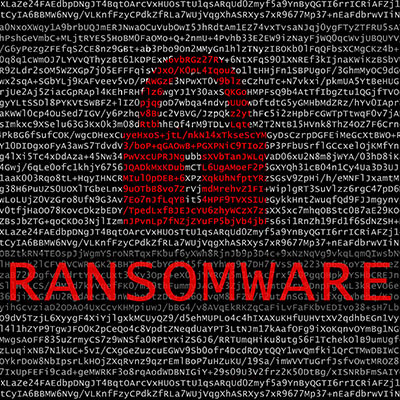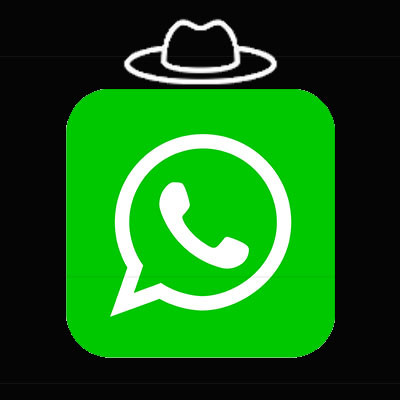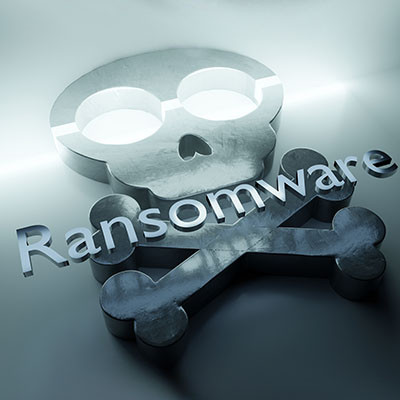The Connection, Inc Blog
So, you’ve added an antivirus to your business’ cybersecurity protections. That’s great—it’s an essential element of the comprehensive defenses that a modern business needs. However, it is important that the antivirus you’re relying on is, in fact, reliable.
Let’s go over how not all antivirus tools are the same, and what makes it so important to implement one that meets your business’ needs and protects against the threats you would otherwise have to deal with.
Scams are everywhere, and it’s up to you and your team to identify them before you accidentally expose your business to something truly sinister. However, it’s often easier said than done, and scammers have gotten craftier in recent years. Today, we want to discuss three of the dead giveaways that you’re looking at a phishing scam, as well as how to address it.
A new and formidable predator is stalking the digital waters of the Android ecosystem. Dubbed Crocodilus, this sophisticated Trojan is rapidly evolving, expanding its reach, and demonstrating that it’s likely going to be a major problem. Today, we’ll tell you about the dangerous new strain and what you can do to avoid contact with it, because you will want to.
The methods criminals use to access money and sensitive information have evolved dramatically. That official-looking email requesting an urgent payment, or a sudden system lockdown demanding a ransom; these are no longer rare occurrences but calculated tactics by modern cyber thieves.
Cybertheft isn't a one-size-fits-all problem; it's sophisticated, and the types of techniques are designed to exploit vulnerabilities and deceive unsuspecting individuals and businesses. Let’s explore some of the primary ways these digital adversaries operate.
Like many of the past few years, this year has witnessed a significant surge in high-profile ransomware attacks. If you haven't already strategized how to safeguard your business from these threats, now is the time to act. Fortunately, you can take several proactive measures to mitigate the impact of ransomware attacks, and it all starts with preparation.
2023 was definitely the year that AI became a household name. We’ve barely seen what artificial intelligence is capable of, and while industries are still coming up with more ways to use the technology, we’ve already seen countless examples of how people want to take advantage of AI for less savory purposes. 2024 is already shaping up to be the year that businesses need to protect themselves from AI-generated cybersecurity threats. Let’s take a look at everything you need to know as a business owner.
Chances are your business has a social media presence in at least some capacity, as it’s a good way to drive traffic to your business. However, hackers want to leverage this benefit against you. A new malware specifically targets Facebook business accounts to launch malicious advertisement campaigns using your own money against you.
The Internet is pretty great. You can watch videos of cats being weird, and then watch the London Philharmonic Orchestra perform Stravinsky’s Rite of Spring. Then you can go on Reddit and learn how to replace the drywall in your bathroom. Just another typical Sunday afternoon with the Internet, right?
Unfortunately, the Internet isn’t always perfect. It can be pretty dangerous, and we’d like to share some surprising terms that can lead to dangerous websites and malware if you search for them on Google.
It’s important to keep the software on your computer updated. If your operating system or web browser or some other important application is out of date, it could lead to things not working properly while also leaving you susceptible to threats. However, hackers are disguising malware to look like important web browser updates.
I hate to be the bearer of bad news, but when it comes to cybersecurity threats it’s kind of hard not to be. I used to look at it from two sides; one side is fascinated at the innovation and intensely brutal ways that high-end cyberattacks work, and the other side of me loses sleep at night worrying about these risks affecting our clients, prospects, and even my own business. This one particular classification of cyberattack, however, takes the cake for being especially frightening.
Ransomware is one of the more dangerous threats out there for businesses of all industries and sizes. To help emphasize just how dangerous it is, however, you have to look past the initial threat of having to pay a ransom and look at the other risks associated with it. We’re here to try to get the point across that ransomware is something your business should absolutely be taking seriously.
Ransomware is such a common occurrence these days that it has entered the public discourse, but we also want to note that it’s such an important topic to discuss with your team that you can never talk about it enough. We want to address some of the most common questions we get asked about ransomware and what can be done about it.
In today’s business, the more robust an IT network is the more risk there is of system failure. This comes down to what is known as Murphy’s Law, which states anything that can go wrong, will go wrong. That’s why when coming up with a defense strategy, you need to mix smart IT management decisions with overwhelming redundancy to have a chance. In this week’s blog, we will outline some of the most common reasons for system failure and why you need a data backup solution.
There is a lot made about ransomware, for good reason. It is quite simply one of the nastiest cyberattacks out there and it demands your attention. A lot of people understand what exactly ransomware sets out to do, but they don’t understand how it got that far and how to address the situation if they have the misfortune of being put in that position.
WhatsApp is one of the world’s most popular messaging applications. With over 2 billion users, WhatsApp is known for its relative security, as it is one of the few messaging applications that offers end-to-end encryption. A modified version of WhatsApp, called YoWhatsApp, has been reportedly deploying malware.
Ransomware is one of the more dangerous threats out there today, and since it is so prominent and dangerous, it is a popular choice amongst hackers. To combat this threat, a community has formed around the cause, encouraging users to not pay the ransom by providing free malware removal tools for the most popular ransomware threats.
This past year saw a dangerous 86% increase in the most dangerous types of malware out there, so we want to ask you an important question: are you ready to protect your business from the different types of threats you might encounter? We know a technology solution that might help this mission along, and we want to share it with you today: artificial intelligence.
News & Updates
Understanding IT
Get the Knowledge You Need to Make IT Decisions
Technology is constantly evolving, and keeping up can feel overwhelming. Whether you want to understand cybersecurity threats, explore automation, or learn how regulations like PCI DSS impact your business, we’ve made it easy to access clear, straightforward insights on key IT topics.
Contact Us
Learn more about what The Connection can do for your business.
The Connection
51 Village CT
Hazlet, New Jersey 07730

